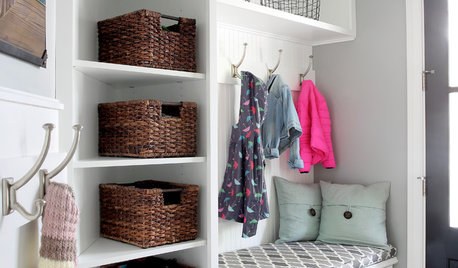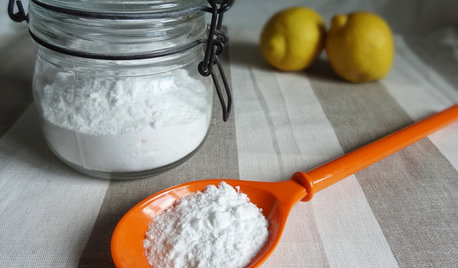Half-baked in-ground system
GaryFx
12 years ago
Related Stories

MOST POPULAROrganized From the Start: 8 Smart Systems for Your New House
Establishing order at the outset will help prevent clutter from getting its foot in the door
Full Story
LIFESimple Pleasures: The Joy of Baking
Fill your house with a heavenly scent and your heart with cheer by making time to bake
Full Story
HOUSEKEEPINGBaking Soda: The Amazing All-Natural Cleanser You Already Own
Battle grime, banish odors and freshen clothes with this common nontoxic cupboard staple
Full Story
FUN HOUZZGeek Lab: How to Build a Steampunk Cat Transit System
Give your kitty another avenue for fun with a tubular walkway system that lets him go his own way
Full Story
GARDENING GUIDESHow to Install a Drip Irrigation System
Save time and water with a drip watering system in your vegetable garden — a little patience now will pay off later
Full Story
GREAT HOME PROJECTSHow to Add a Radiant Heat System
Enjoy comfy, consistent temperatures and maybe even energy savings with hydronic heating and cooling
Full Story
HOUSEKEEPING5 Steps to Improve Your Heating System Now
Increase your heater's efficiency and safety for lower energy bills and greater peace of mind this winter
Full Story
GREEN BUILDINGThe Big Freeze: Inventors Break New Ground to Keep Things Cool
Old-fashioned fridges can be energy guzzlers, but there are more eco-friendly ways of keeping food fresh, as these global innovations show
Full Story
GARDENING GUIDES5 Weed-Smothering Ground Covers
Let these landscape plants do the dirty work of choking out weeds while you sit back and enjoy the view
Full Story
DECORATING GUIDESNo Neutral Ground? Why the Color Camps Are So Opinionated
Can't we all just get along when it comes to color versus neutrals?
Full StoryMore Discussions







lehua49
GaryFxOriginal Author
Related Professionals
Fort Lee Landscape Architects & Landscape Designers · Waterbury Landscape Contractors · Damascus Landscape Contractors · East Lake-Orient Park Landscape Contractors · Fort Wayne Landscape Contractors · Gresham Landscape Contractors · Setauket-East Setauket Landscape Contractors · South Lyon Landscape Contractors · Tigard Landscape Contractors · Uxbridge Landscape Contractors · Antioch Landscape Contractors · Coto De Caza Solar Energy Systems · Holliston Solar Energy Systems · Los Angeles Solar Energy Systems · Reedley Solar Energy SystemsGaryFxOriginal Author
mike1059
lehua49
GaryFxOriginal Author